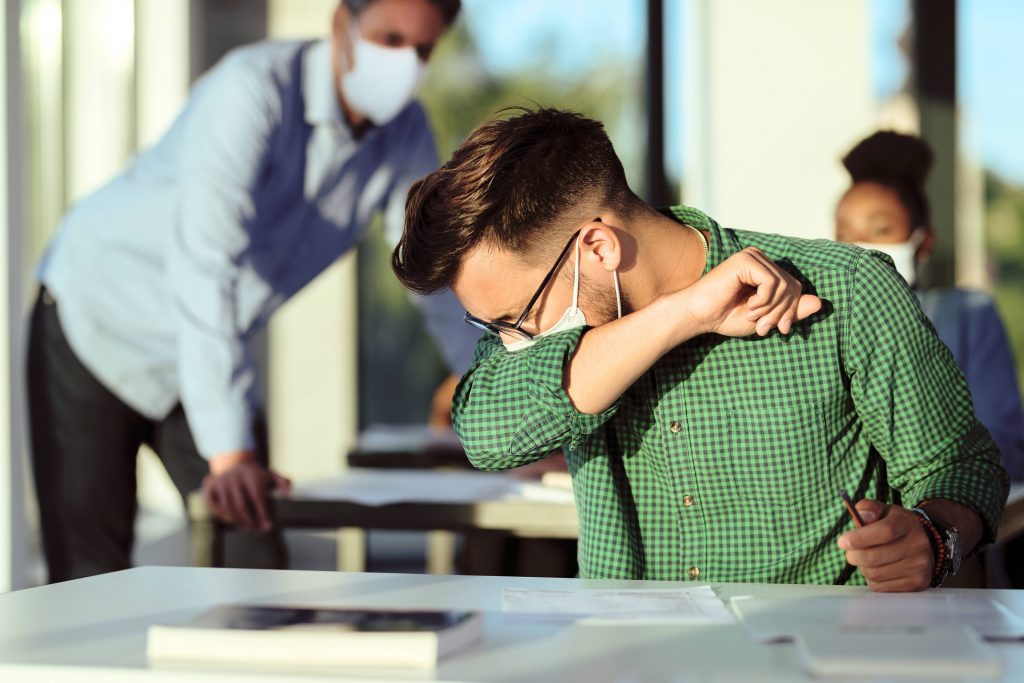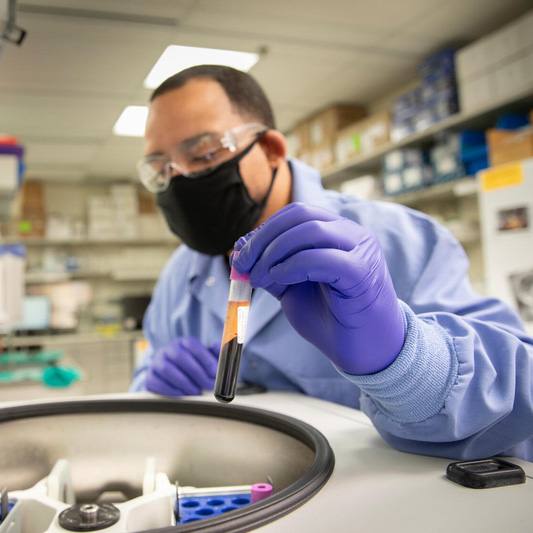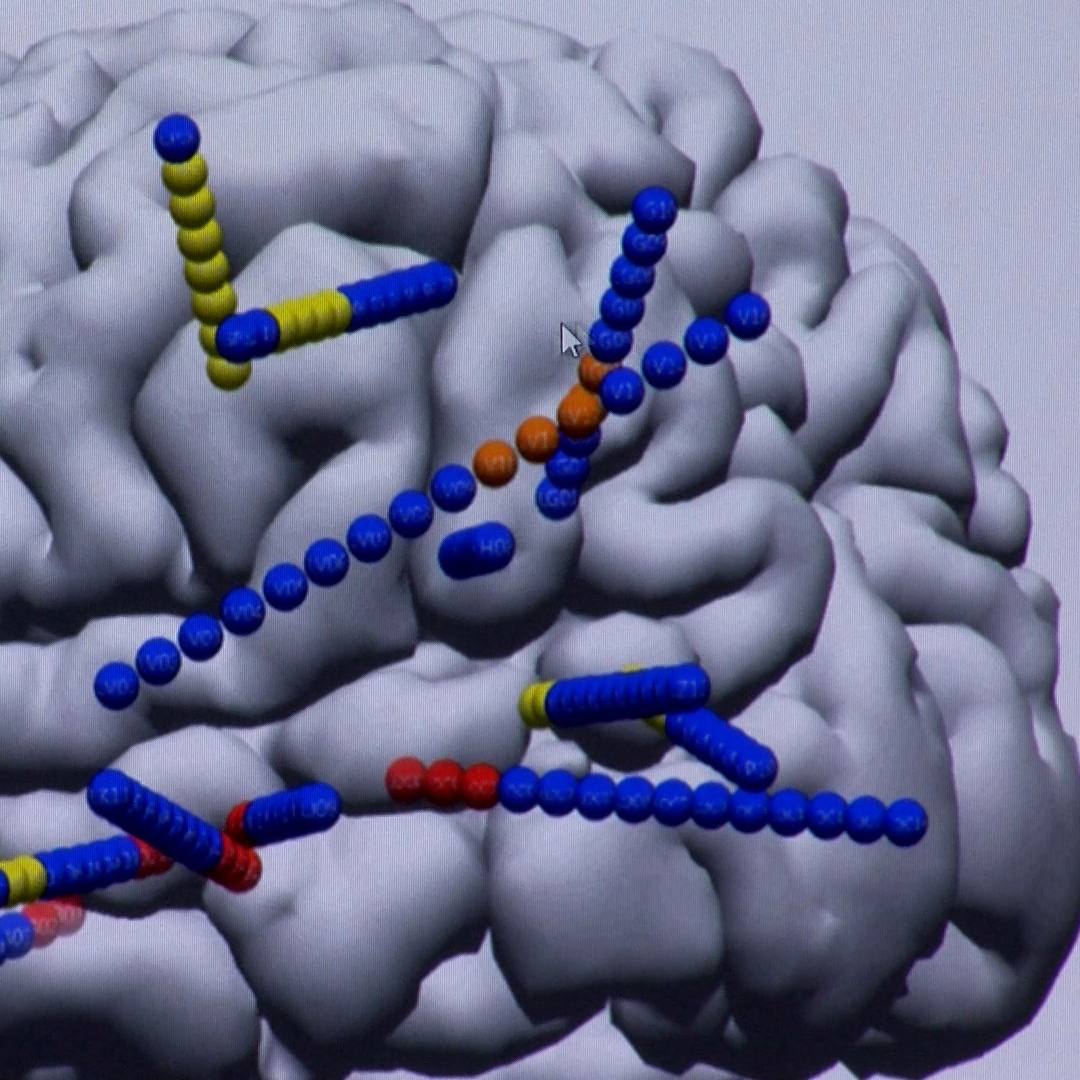-
Featured News
Consumer Health: What are the symptoms of TB?

World TB Day will be observed Friday, March 24, which makes this a good time to learn about this potentially serious infectious disease.
In 2021, 7,882 cases of tuberculosis, or TB, were diagnosed in the U.S., and up to 13 million people in the U.S. were living with latent TB, according to the Centers for Disease Control and Prevention. An estimated 10.6 million cases were diagnosed worldwide in 2021, according to the World Health Organization.
TB is caused by bacteria called Mycobacterium tuberculosis that spread from person to person through microscopic droplets released into the air. This can happen when someone with the untreated, active form of TB coughs, speaks, sneezes, spits, laughs or sings.
Although TB is contagious, it's not easy to catch. You're much more likely to get TB from someone you live or work with than from a stranger. Most people with active TB who've had appropriate drug treatment for at least two weeks are no longer contagious.
Untreated, active TB typically affects your lungs, but it can affect other parts of your body, as well, including the kidneys, spine and brain. When TB occurs outside your lungs, signs and symptoms vary according to the organs involved. Without treatment, TB can be fatal.
Although your body can harbor the bacteria that cause TB, your immune system usually can prevent you from becoming sick. For this reason, a distinction is made between active TB, which is when you experience symptoms of the disease and likely can spread it to others, and latent TB, when the bacteria in your body are inactive and cause no symptoms. Active TB can occur weeks or years after infection with the TB bacteria, and latent TB can turn into active TB, so treatment is important.
Signs and symptoms of active TB include:
- Coughing for three or more weeks
- Coughing up blood or mucus
- Chest pain, or pain with breathing or coughing
- Unintentional weight loss
- Fatigue
- Fever
- Night sweats
- Chills
- Loss of appetite
Treatment depends on the type of infection, as well as your age, overall health, possible drug resistance and where the infection is in your body. For active TB, you need to take antibiotics for at least six to nine months. If you have latent TB, your health care professional might recommend treatment with medication if you're at high risk of developing active TB.
Learn more about TB at the Mayo Clinic Center for Tuberculosis. And connect with others talking about TB in the Infectious Diseases support group on Mayo Clinic Connect, an online patient community moderated by Mayo Clinic.







